For a self-guided tour, use Garden Explorer to locate plants featured in this month’s post. Select a tour in the drop-down menu.
With the Spring re-opening of UBC Botanical Garden, it’s time for visitors to check out the Eucalyptus collection in the E. H. Lohbrunner Alpine Garden. Eucalyptus is a fascinating genus and worth seeking out. Besides, to get to where they are planted, visitors will need to walk through a good portion of the Garden, and there are plenty of other interesting plants to see on the way. I last mentioned them as a group in these pages a few years back, when I foolishly predicted that a cold winter would soon cut them down. Well, plenty has happened since, but not much in the way of truly frigid weather. And so, the eucalypts are that much larger.
The genus Eucalyptus comprises about seven hundred species of evergreen and dry-deciduous trees and shrubs from Australasia. The vast majority are endemic (native only) to the Australian continent, and an overwhelming majority of those are subtropical plants adapted to surviving drought and heat, but not cold weather. Tasmania, which has nearly thirty species, is home to some of the cold-hardiest eucalypts and a number that are successfully cultivated in the Garden.
An interesting feature of Eucalyptus also underlines their susceptibility to cold: the plants do not bear overwintering buds nor undergo a defined winter dormancy. Most trees that grow in temperate climates have a winter dormancy period and prominent overwintering buds that are a physical manifestation of the termination of the growth period. For trees that have an expressed winter dormancy, physiological changes before and during dormancy help protect tissues from cold weather damage. Instead, eucalypts merely adjust their growth rate, reducing it as the temperature drops. Growth gradually comes to a stop when it’s too cold for cellular activity, but resumes as temperatures rise. Physically and physiologically, Eucalyptus are unprotected from extreme cold and thus easily damaged when they experience particularly cold winters here.
The largest, oldest eucalyptus in the collection is a massive, multi-stemmed Eucalyptus coccifera (kunanyi peppermint or Tasmanian snow gum) at the western edge of the Australasian Section, planted in 1993. A Tasmanian species renowned for its cold-hardiness, our specimen has been significantly damaged by freezing temperatures on at least three occasions. The leaves, which are lance-shaped and about 8 cm long, are unusually green for a Eucalyptus. Older twigs are often bright red and the bark on larger stems are patchy grey and tan over a field of grey-white. Mature stems develop thick, brown bark that peels away in strips and irregular hanks, exposing tan, grey and rust-red streaked and stained under-bark.
The multi-stemmed Eucalyptus further to the north in the same bed is E. parvula (small-leaved gum). This species is definitely one of the lesser-known eucalypts in Vancouver. It is a mallee (shrubby eucalypt) native to the high country in New South Wales. Eucalyptus parvula is both remarkably cold hardy and capable of tolerating moist soils. Under ideal conditions, it forms a small, broad-crowned tree with semi-pendulous secondary branches and narrow, dark blue-green leaves. When damaged or cut back, the regrowth tends to retain its juvenility for long periods, displaying small, neat, oppositely arranged, red-rimmed, blue-green leaves on arching stems. As the plant matures, leaves develop a spiral arrangement along the stems and become more elongate, to 10 cm in length.
Immediately across the path is Eucalyptus rubida. The common name of this southeast Australian species is “candle-bark,” for the pink-powdered white stems of mature specimens. I recently wrote in September 2020 in the Garden that despite its young age, our specimen was developing sizeable cracks in its thick, handsome cinnamon-coloured bark. Since that time—incredibly—the bark on the lower stems has been pushed off and the lighter under-bark is now visible. Note that this species clearly shows the different leaf phases (broad and opposite vs. slender and spirally arranged).
Proceeding up the hill (on the newly renovated path!), there are a several eucalypts on the left. The first is a small, self-sown tree (a hybrid of E. coccifera and presumably E. rodwayi). The next up the hill is often regarded as the most ornamental of all hardy Eucalyptus species, E. pauciflora (snow gum) and the two subspecies that are represented here: a single specimen of the larger-leaved E. pauciflora subsp. debeuzevillei (Jounama snow gum), immediately on the left, and three of subsp. niphophila (alpine snow gum), ahead and on the right. Both subspecies grow into broad-crowned small trees or large shrubs of about 6 or 7 m tall, although they can grow much larger where conditions are better (i.e., warmer and drier). Snow gums have blue to grey-green adult leaves that are mostly long-egg-shaped, up to 12 cm long, with one or both sides describing gentle arcs, and gradually coming to a blunted tip with a small point. The species is renowned for the smooth, superbly mottled bark: grey and white on subsp. debeuzevillei and tan and white on subsp. niphophila.
Rounding the corner and proceeding to the top of the hill, visitors will see a number of Tasmanian eucalypts. The first is a small, single-stemmed Eucalyptus coccifera—a seedling from our large tree. A grove of Eucalyptus rodwayi (swamp peppermint), next to the path, has strongly upright stems with surprisingly rough, grey-brown bark. Most of the stems are now more than 7 m tall. The short side branches bear masses of slender leaves. There are actually three closely-planted individuals here, each with multiple stems.
Toward the fence at the back of the bed is a larger, low-branched E. perriniana (spinning gum), a widespread species also endemic to the Australian continent. This is probably the cold-hardiest of all the eucalypts. Prior to the development of the large, dull blue, scimitar-shaped adult leaves, juvenile leaves predominate. The dusty-blue juvenile leaf pairs appear to be single leaves as they are fully connected around the stem. Persisting older leaves eventually separate from the stem and can spin around it (hence the common name).
Make sure to check out other plants in the Alpine Garden and elsewhere in UBC Botanical Garden on your visit. With luck, the cold temperatures in February were the last of this winter’s trials.
Submitted by: Douglas Justice, Associate Director, Horticulture and Collections
- Eucalyptus perriniana (spinning gum)
- Eucalyptus pauciflora subsp.niphophila(alpine snow gum)
- Eucalyptus pauciflora subsp.niphophila(alpine snow gum)
- Eucalyptus perriniana (spinning gum)
- Eucalyptus pauciflora subsp. debeuzevillei (Jounama snow gum)
- Eucalyptus parvula (candle-bark)
- Eucalyptus rodwayi (swamp peppermint)
- Eucalyptus perriniana (spinning gum)
- Eucalyptus perriniana (spinning gum)
- Eucalyptus parvula (small-leaved gum)
- Eucalyptus parvula (small-leaved gum)
- Eucalyptus coccifera (kunanyi peppermint or Tasmanian snow gum)
- Eucalyptus coccifera (kunanyi peppermint or Tasmanian snow gum)
- Eucalyptus coccifera (kunanyi peppermint or Tasmanian snow gum)
- Eucalyptus coccifera (kunanyi peppermint or Tasmanian snow gum)
- Eucalyptus coccifera (kunanyi peppermint or Tasmanian snow gum)
- Eucalyptus pauciflora subsp.niphophila(alpine snow gum)
- Eucalyptus rubida (candle-bark)
- Eucalyptus rodwayi (swamp peppermint)
- Eucalyptus pauciflora subsp.niphophila(alpine snow gum)
- Eucalyptus pauciflora subsp.niphophila(alpine snow gum)
- Eucalyptus pauciflora subsp.niphophila(alpine snow gum)

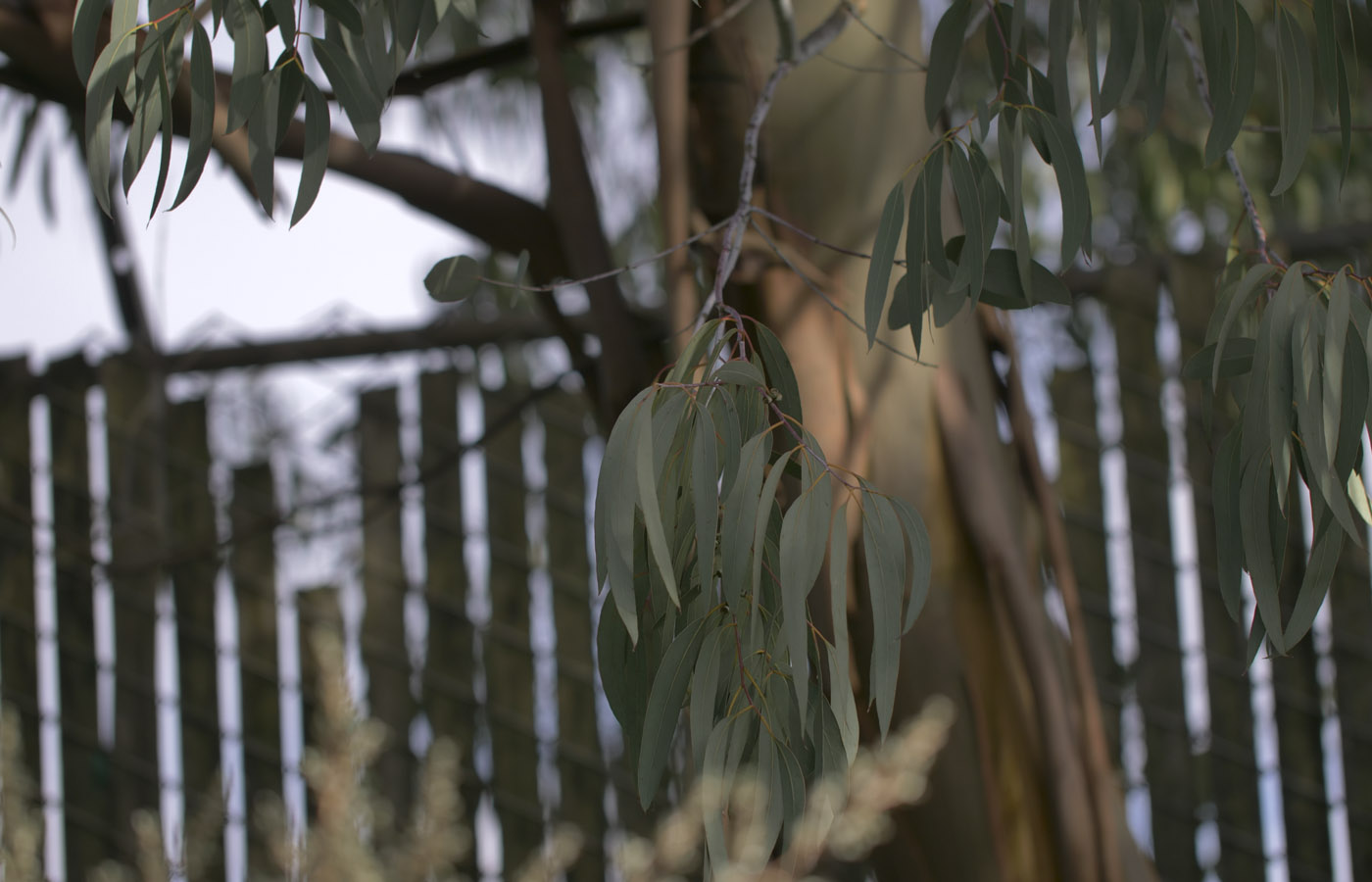
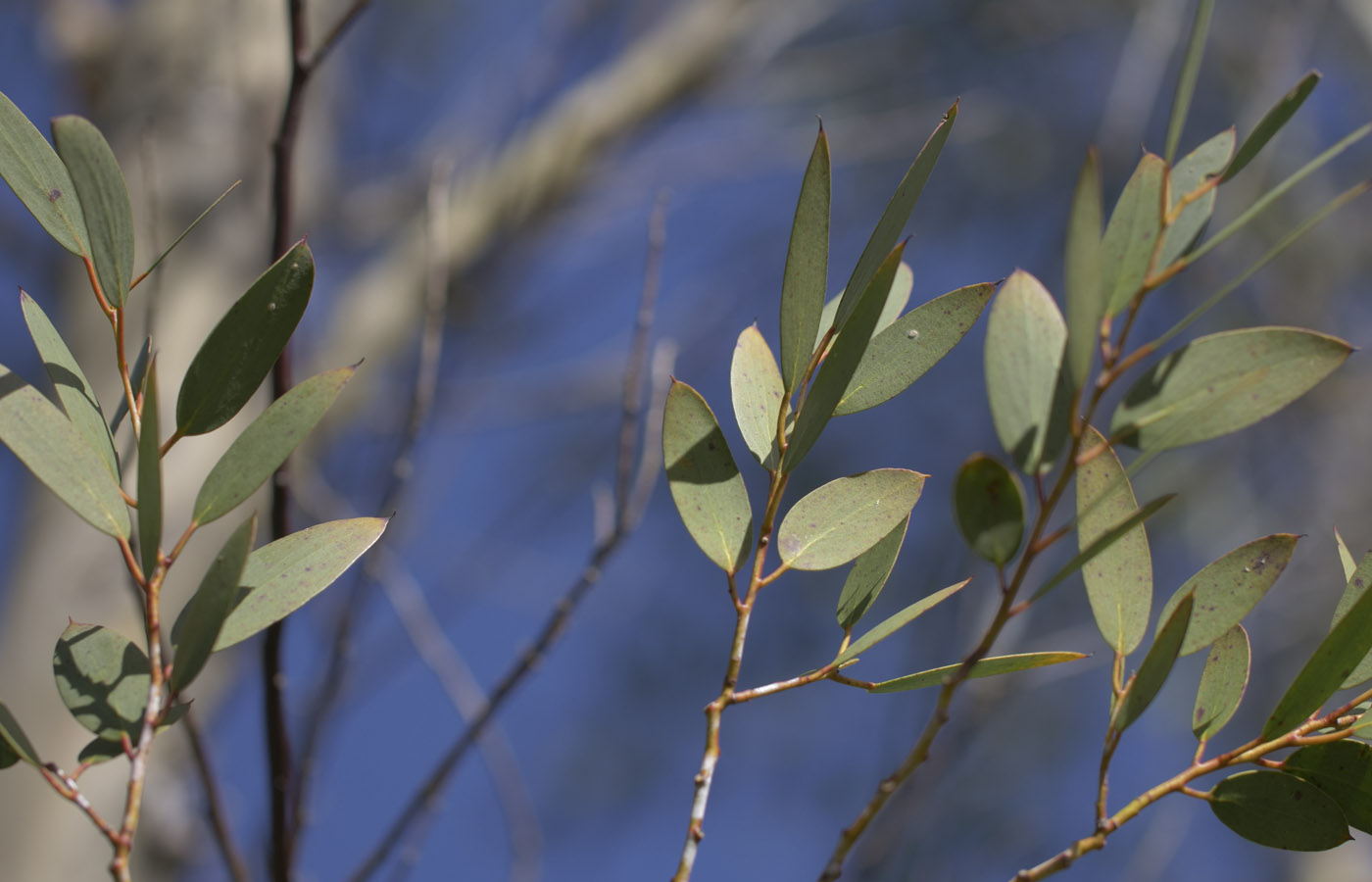
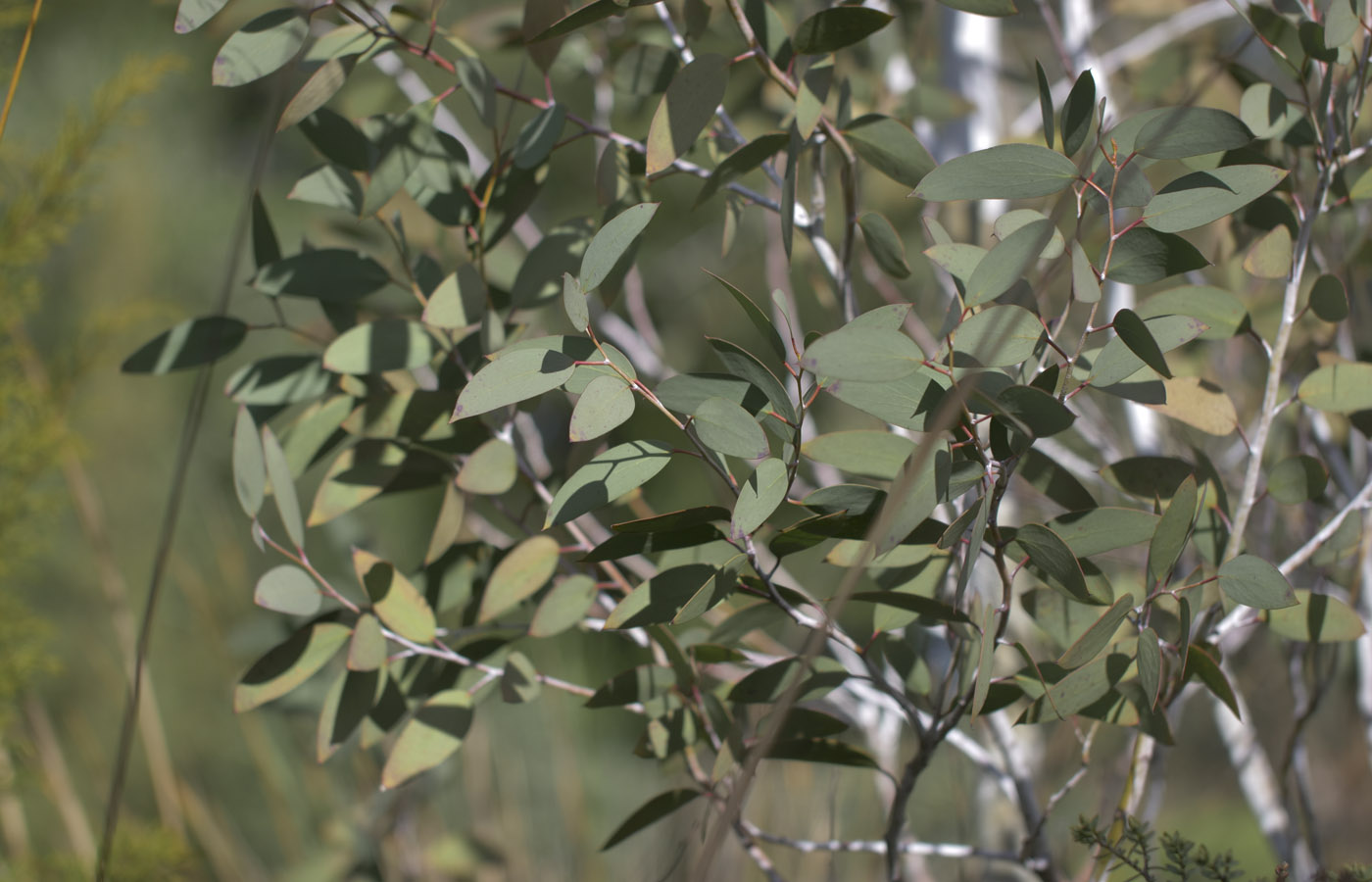
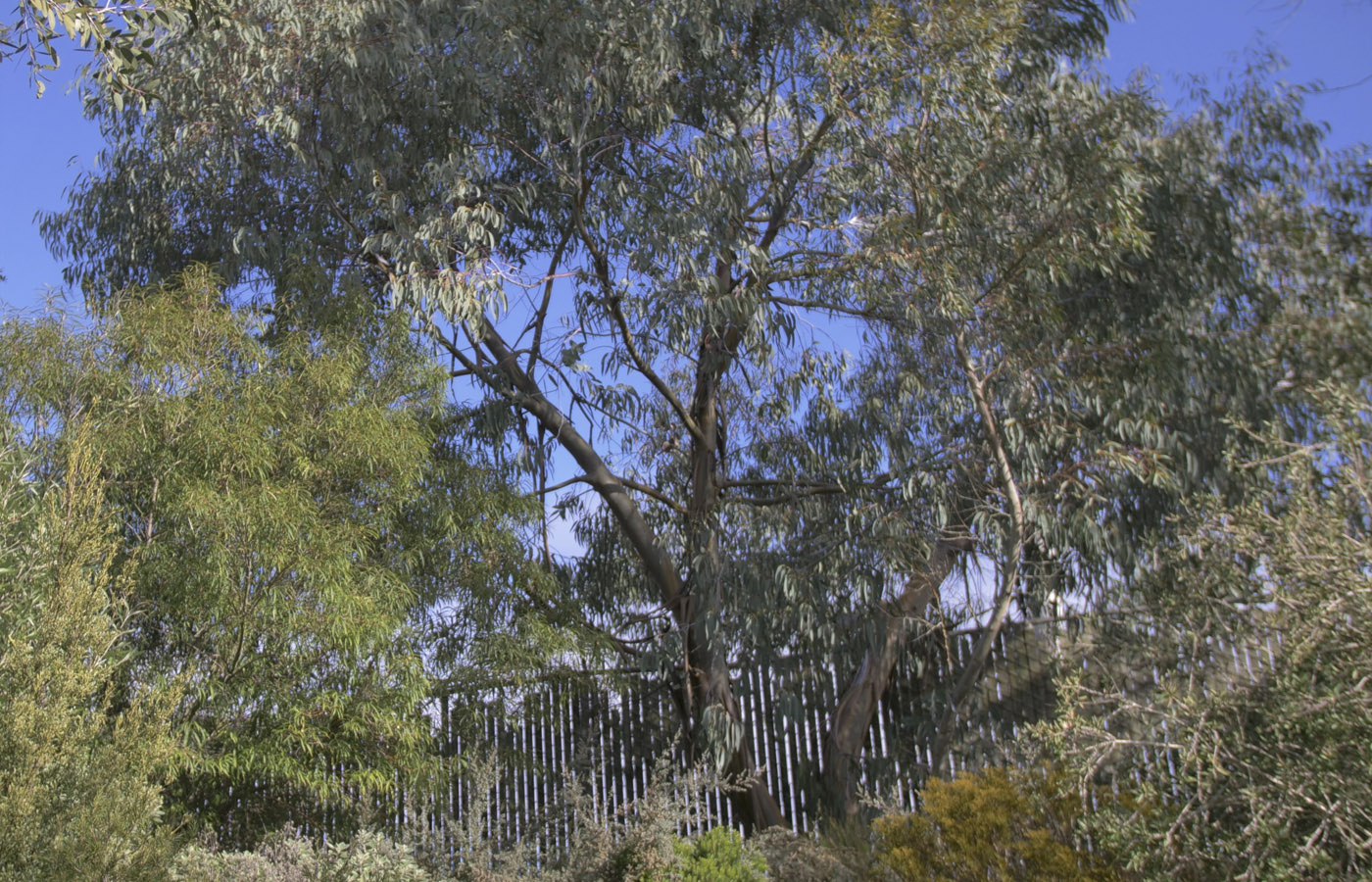
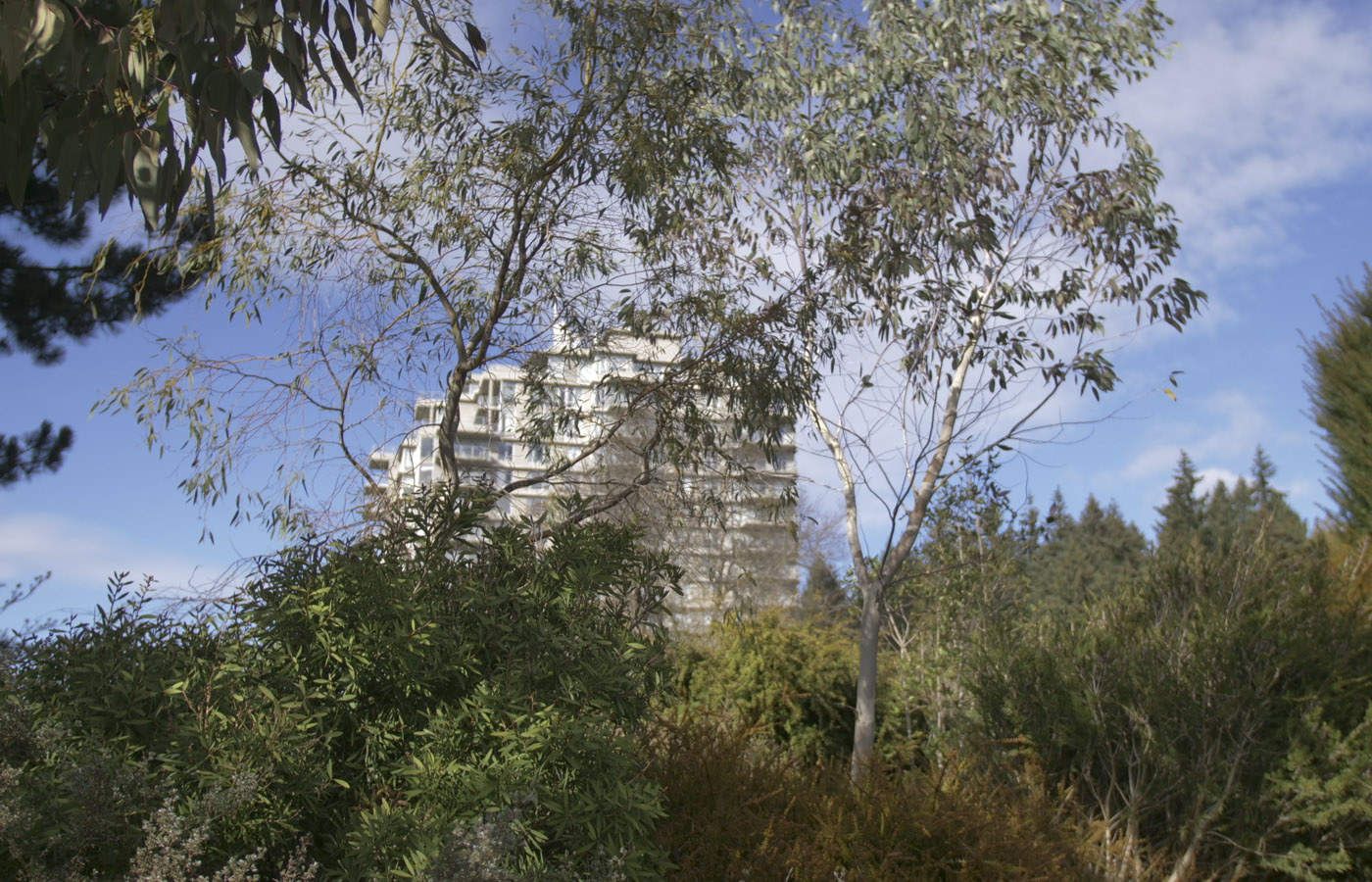
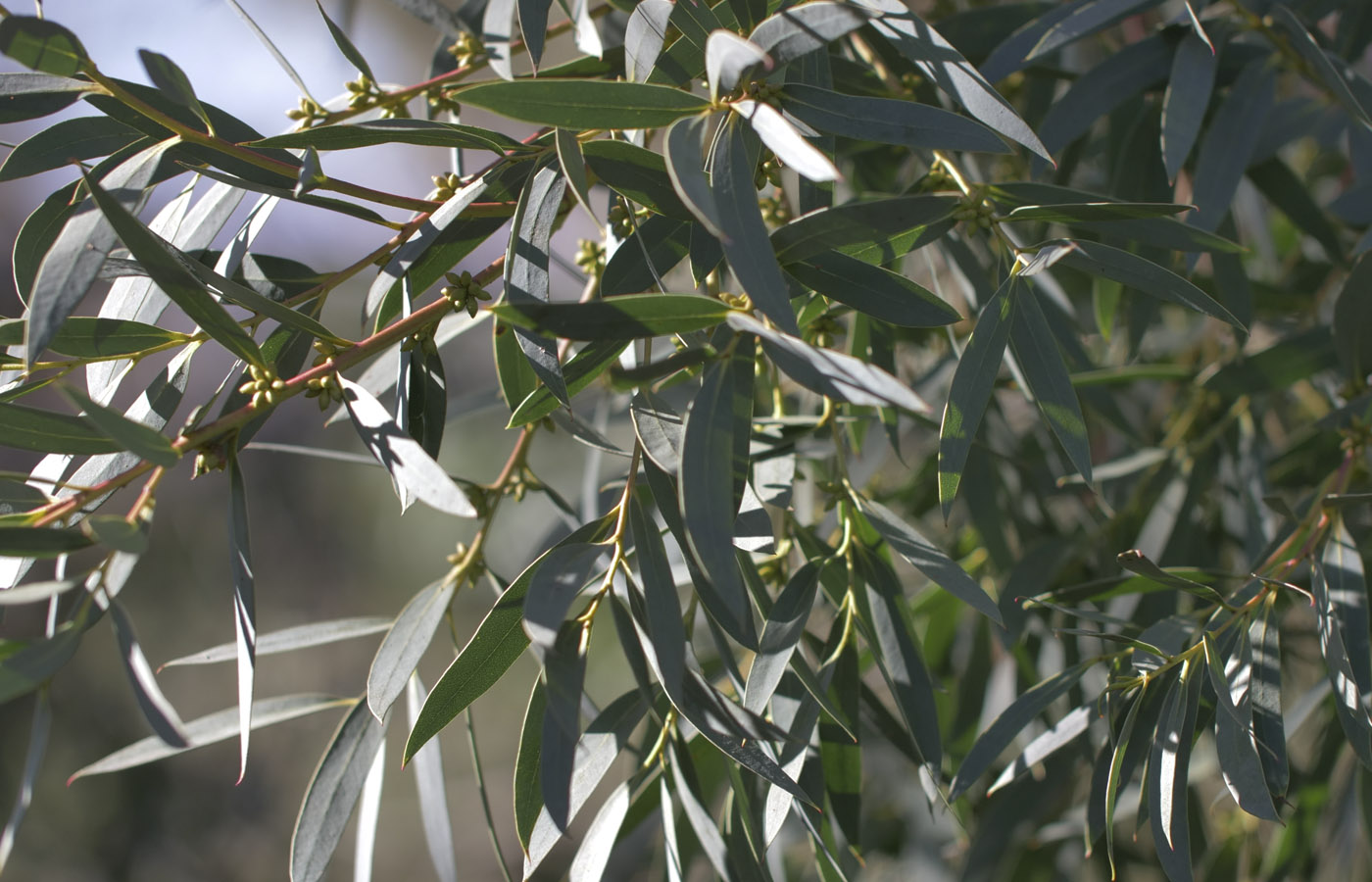
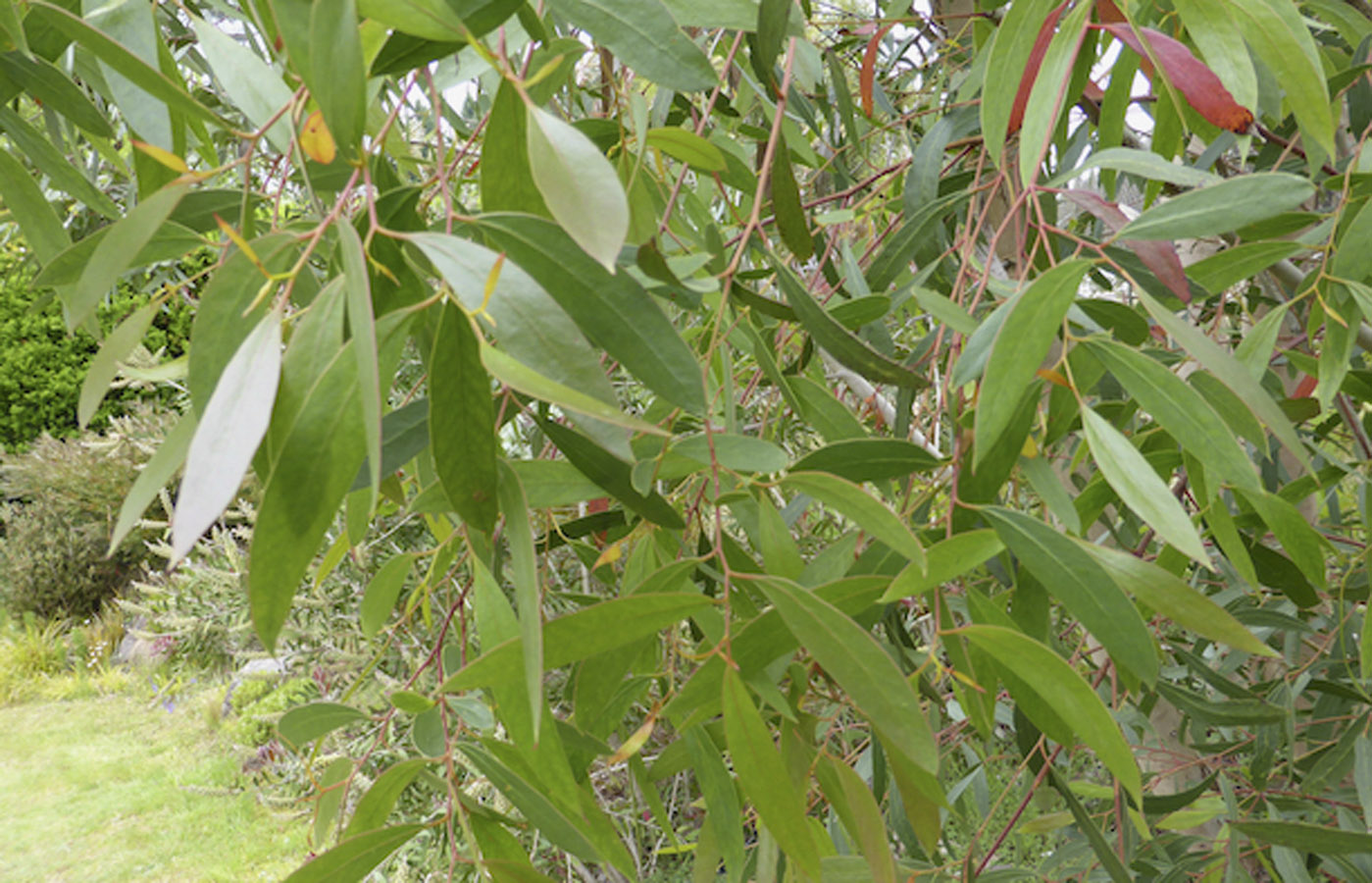
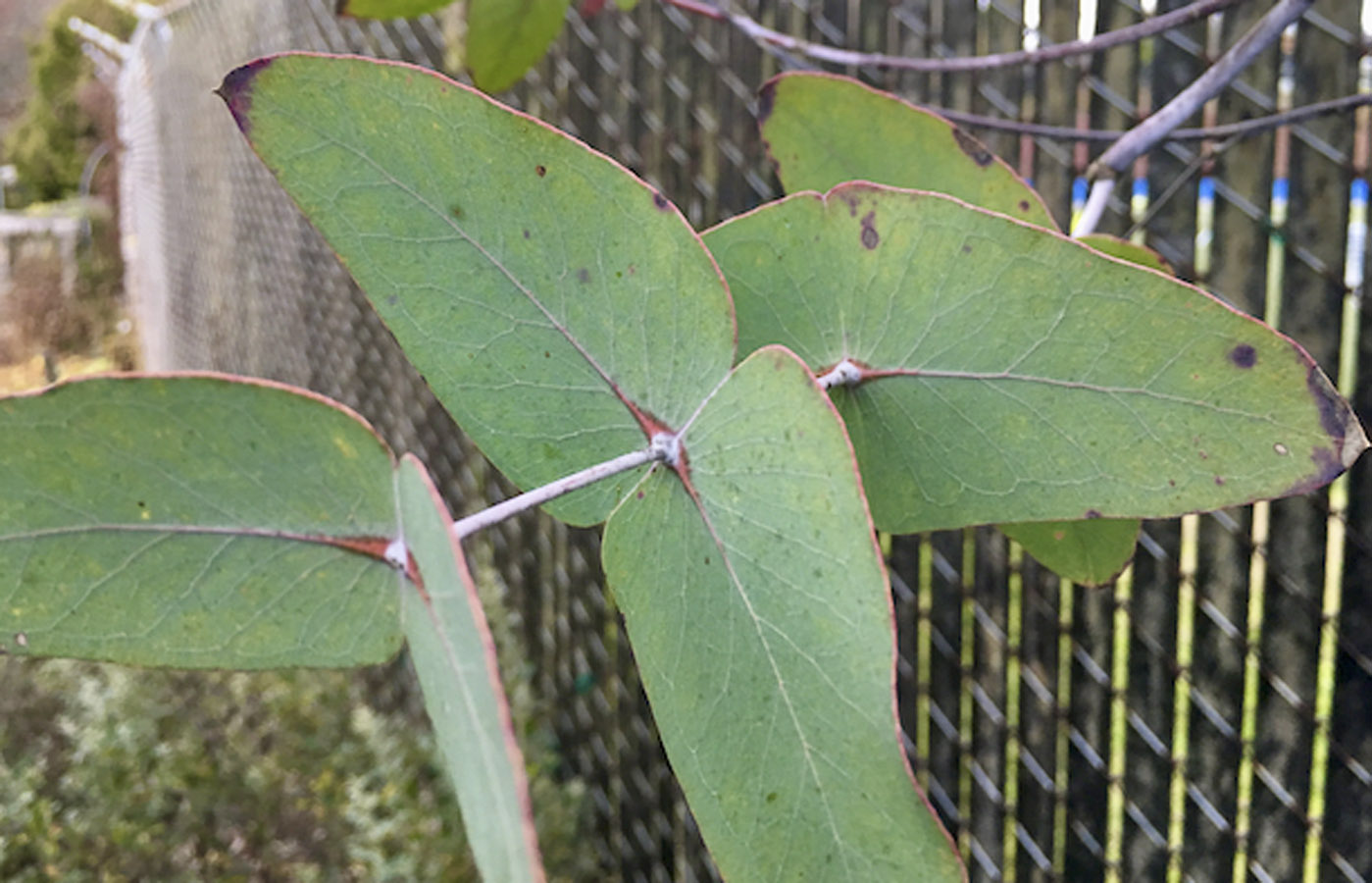
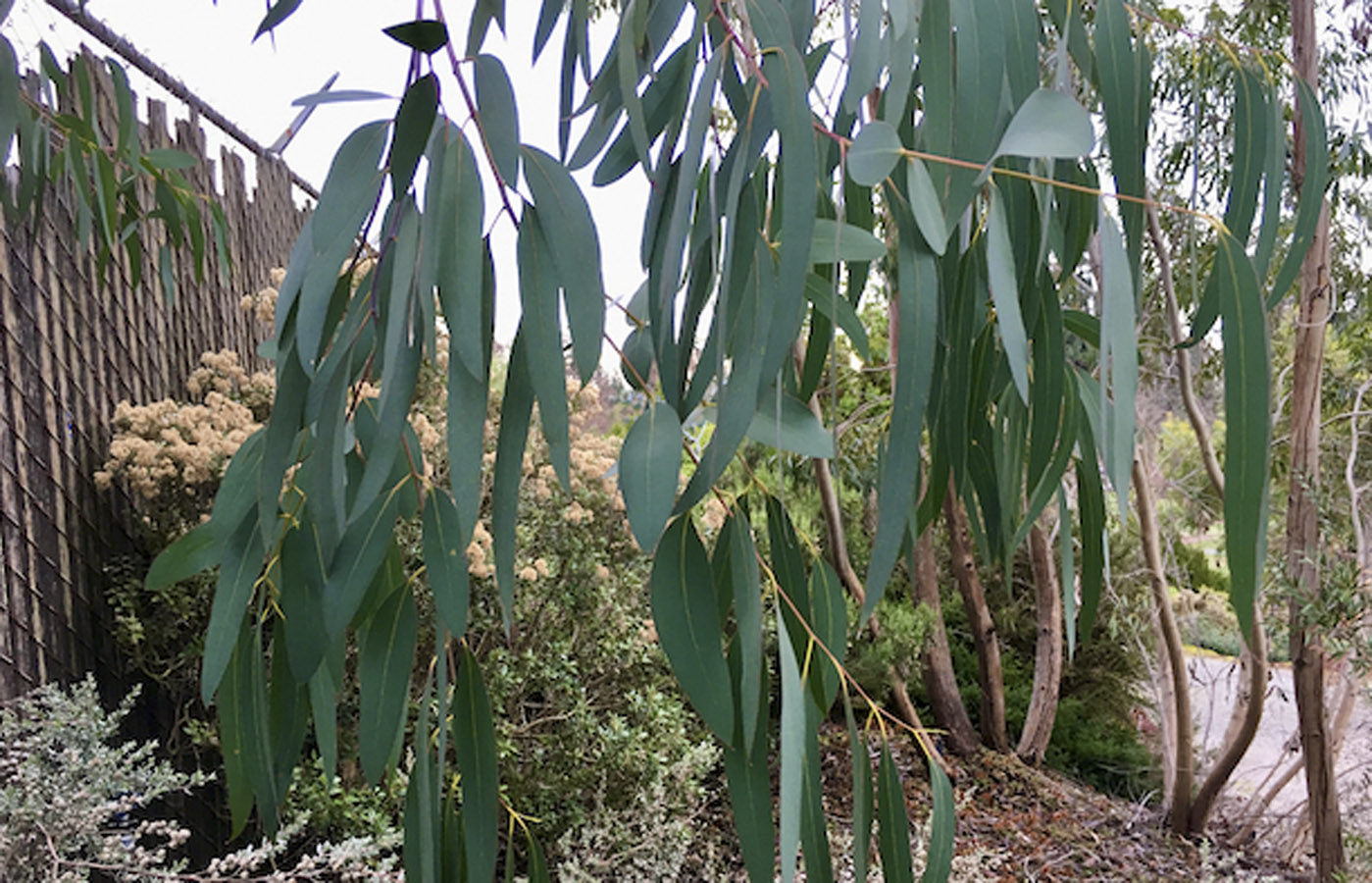
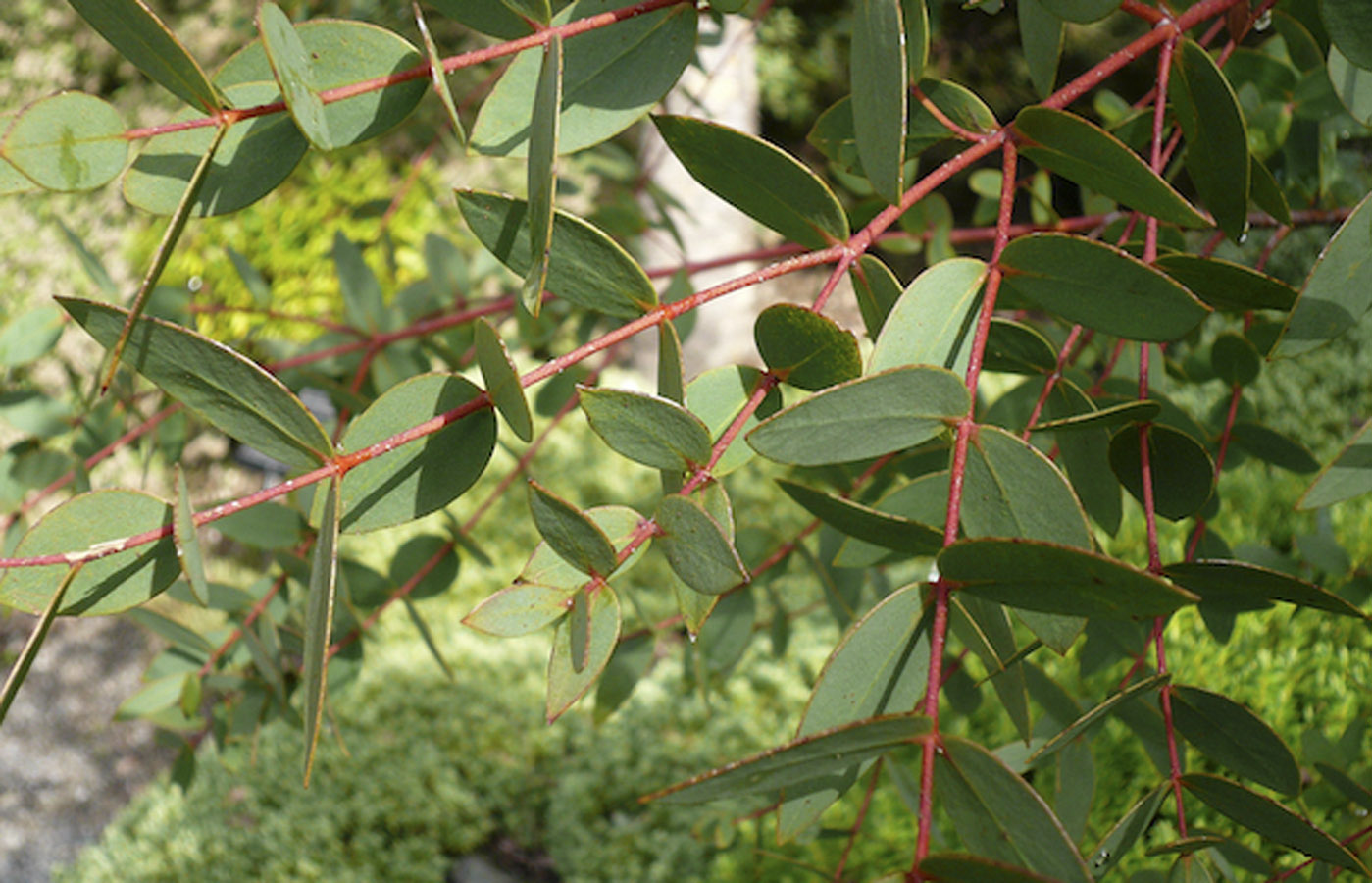
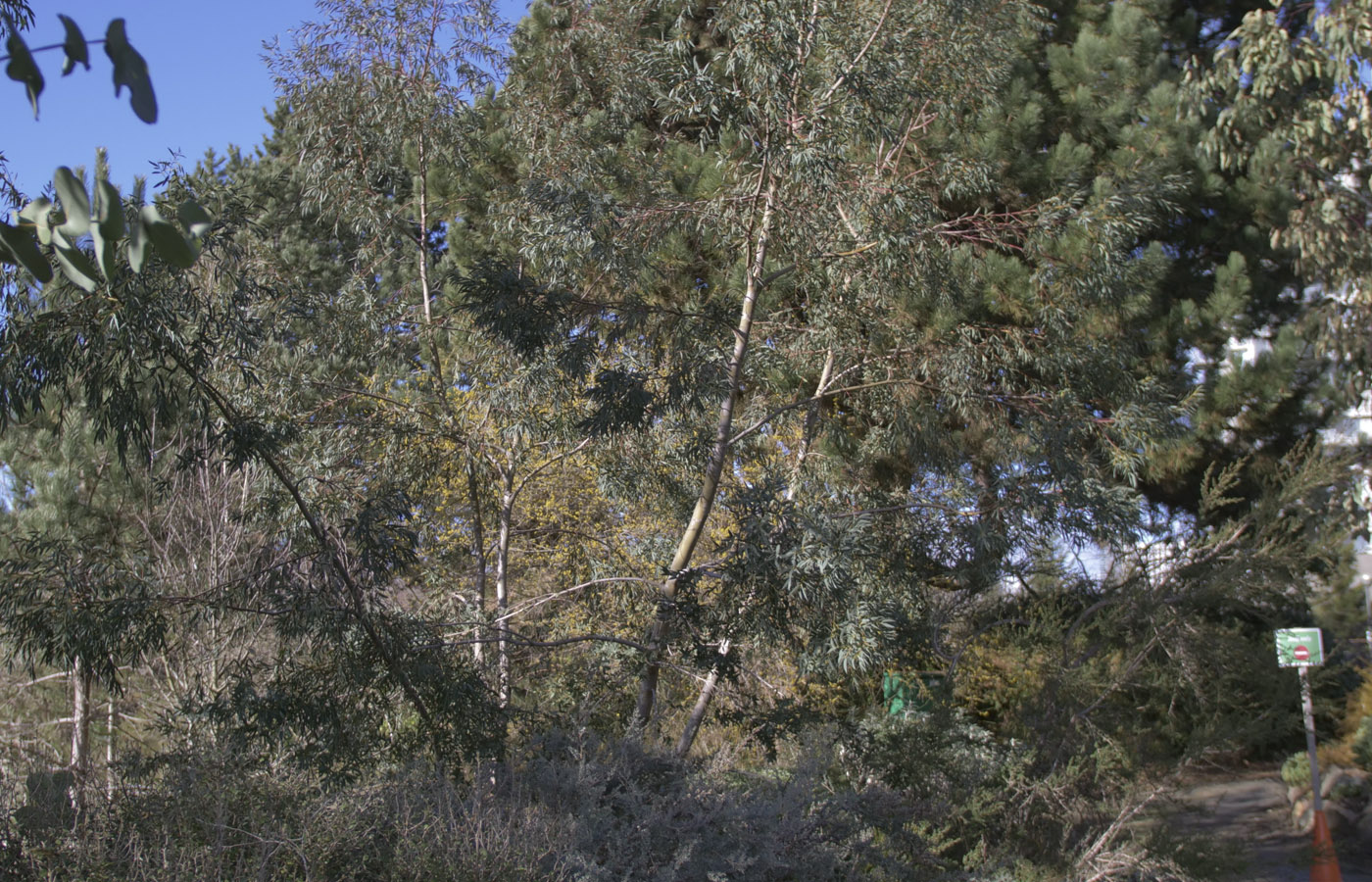
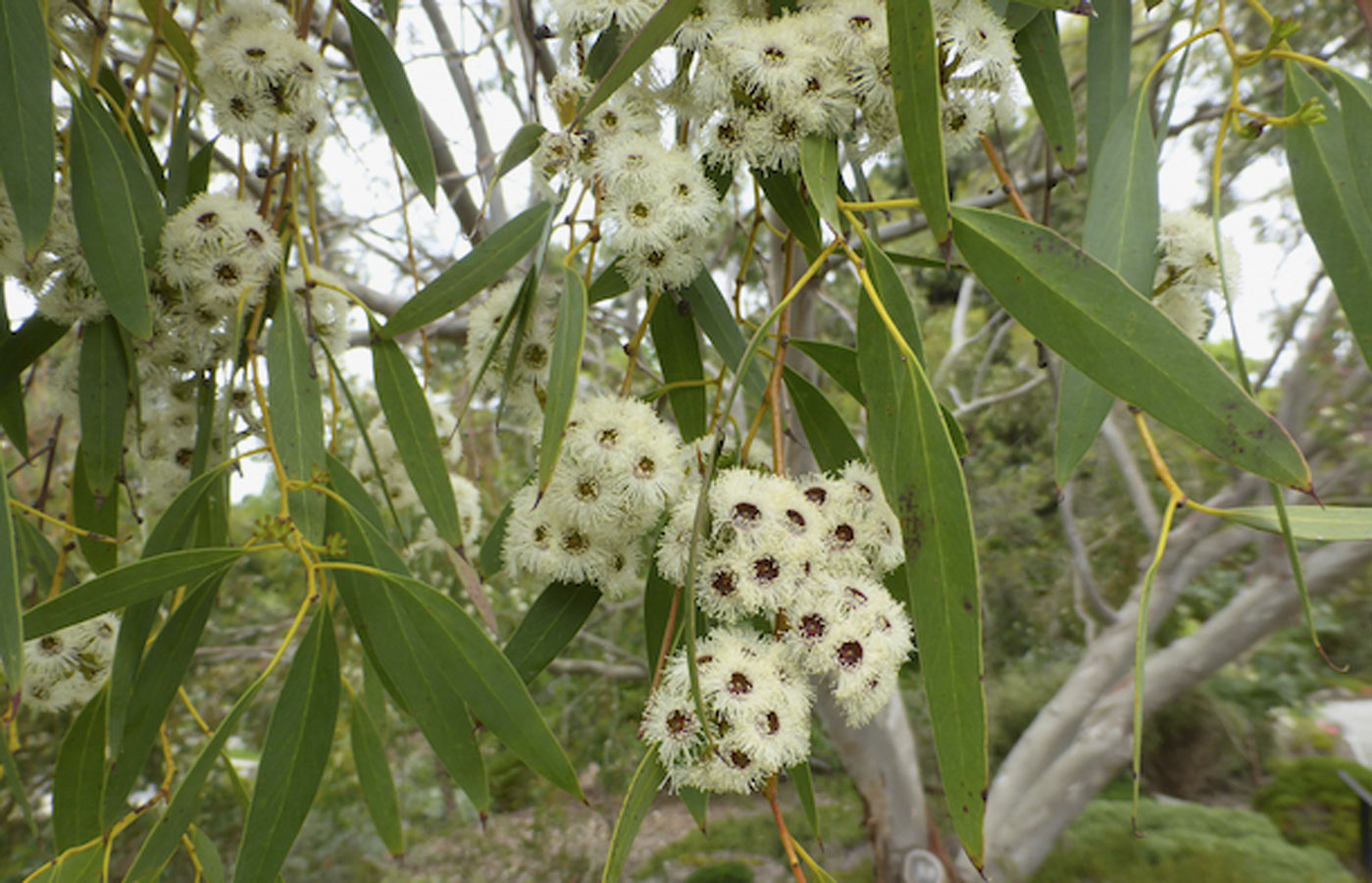
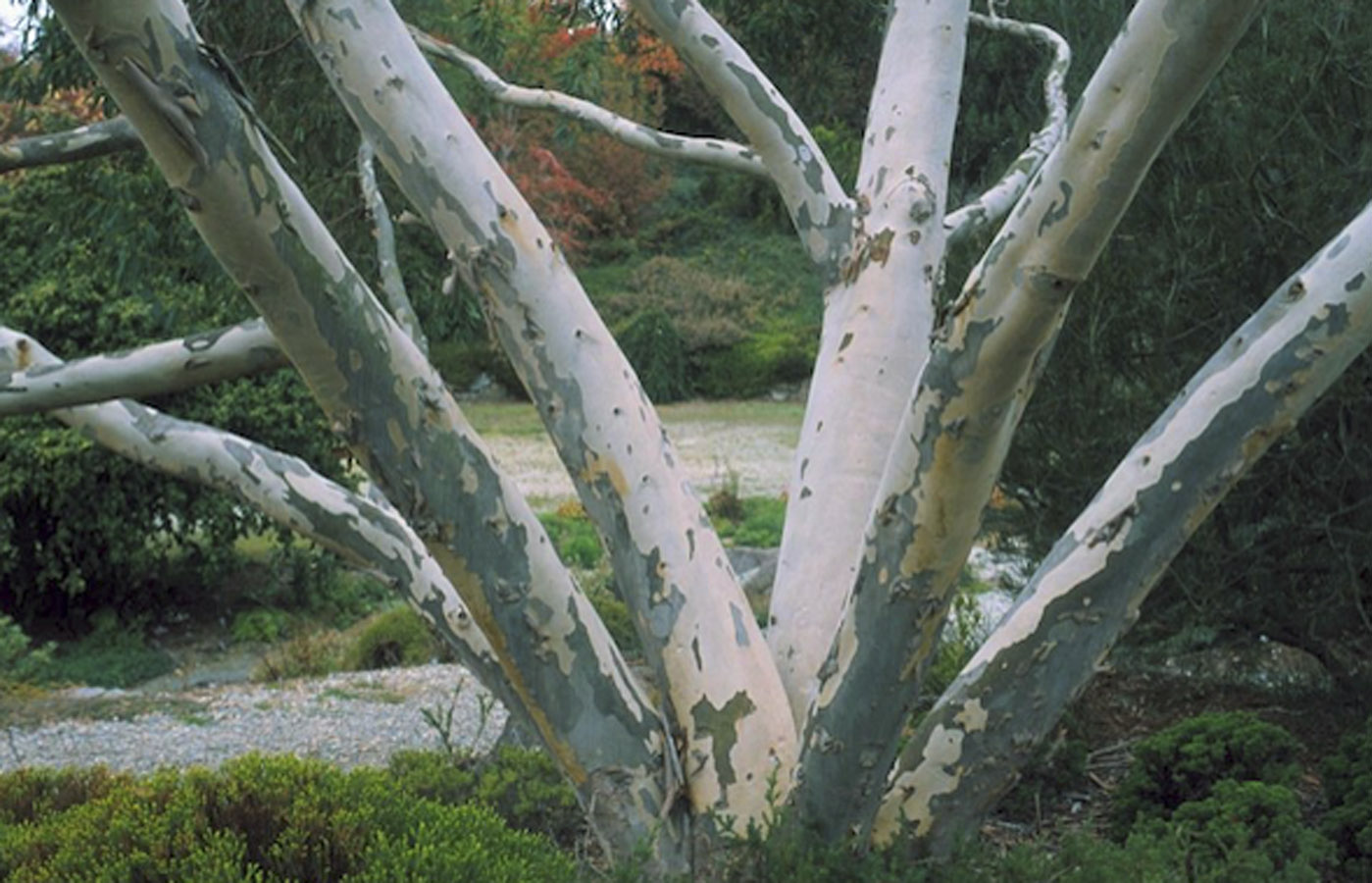
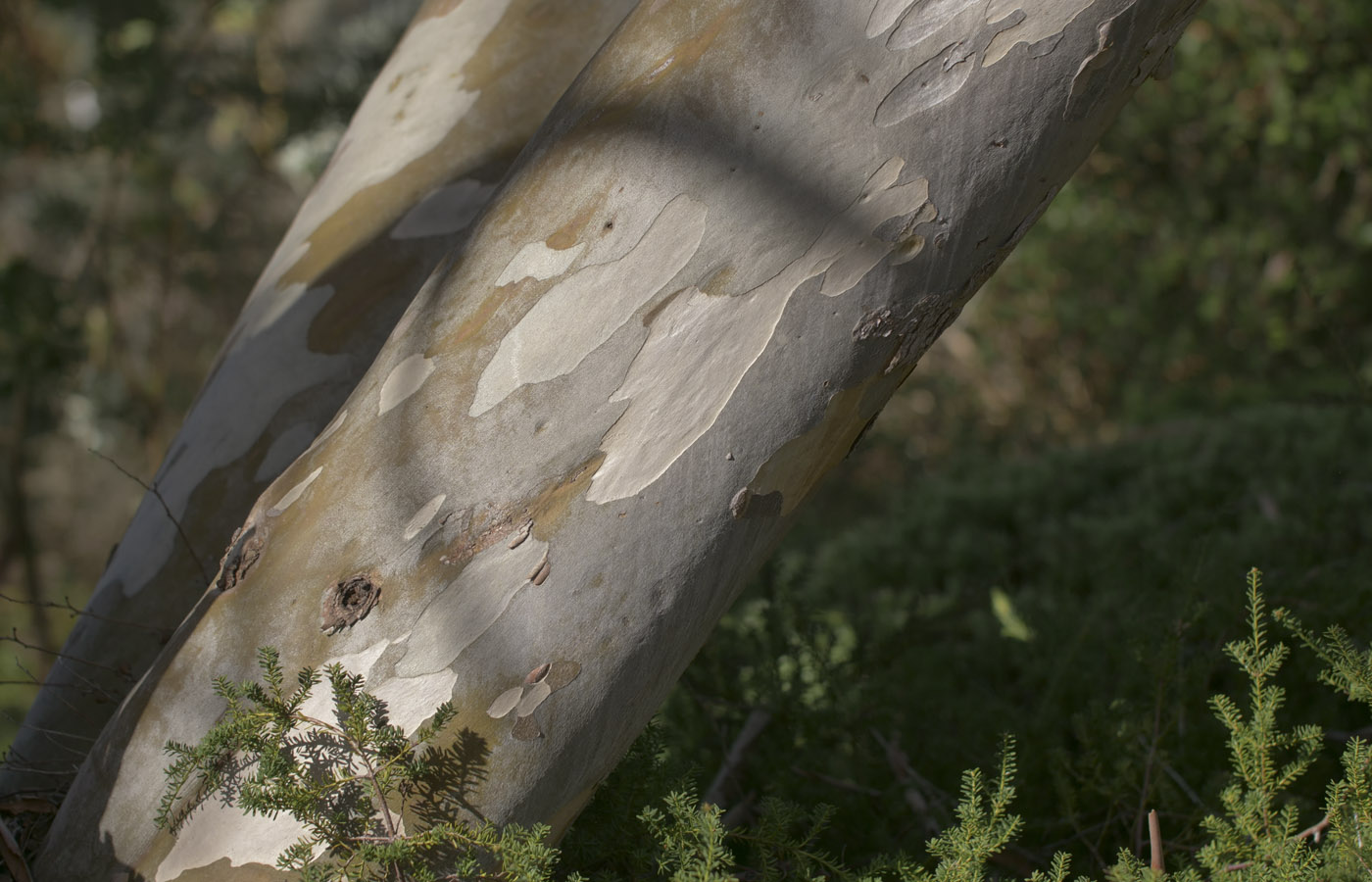
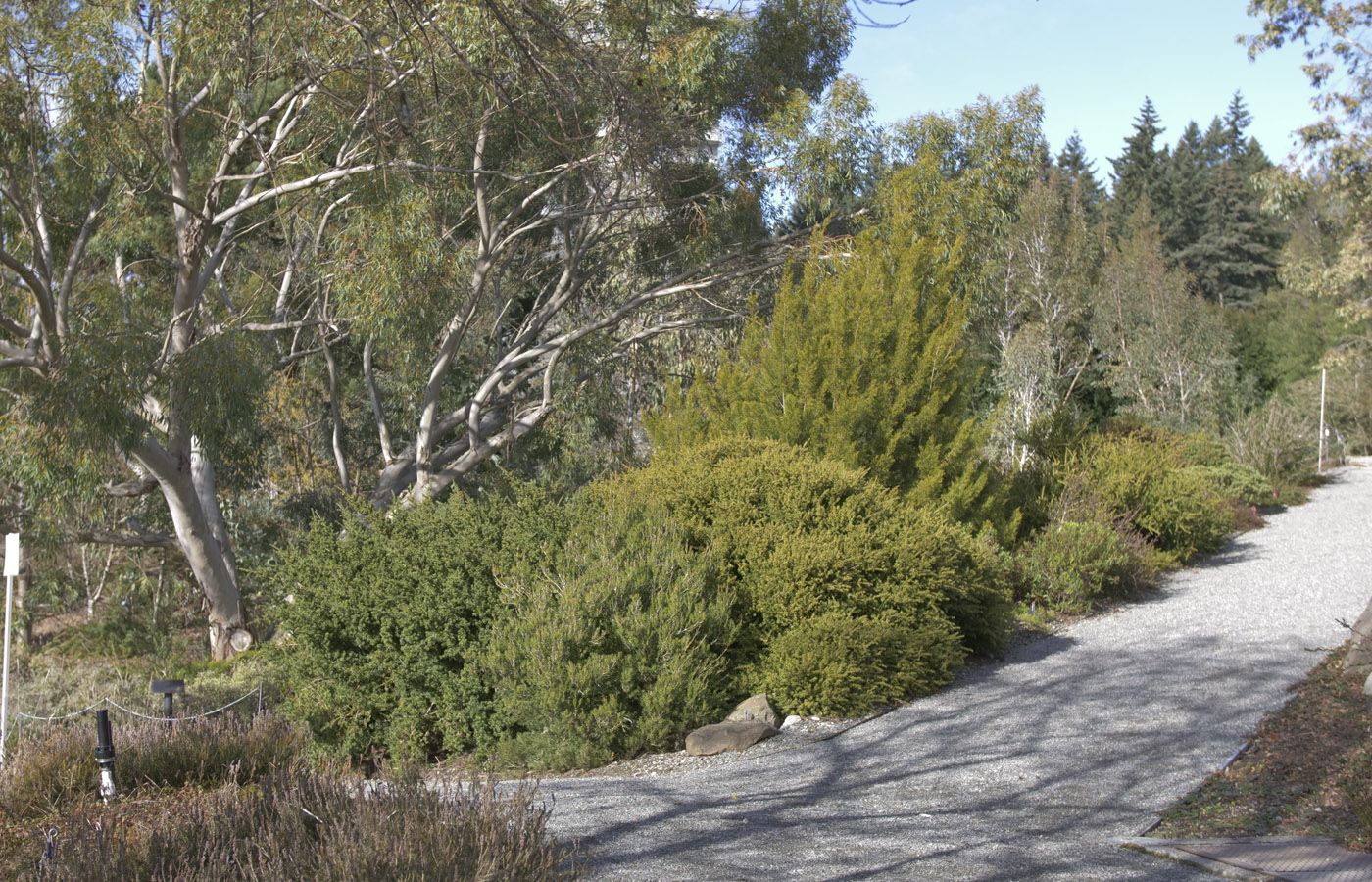
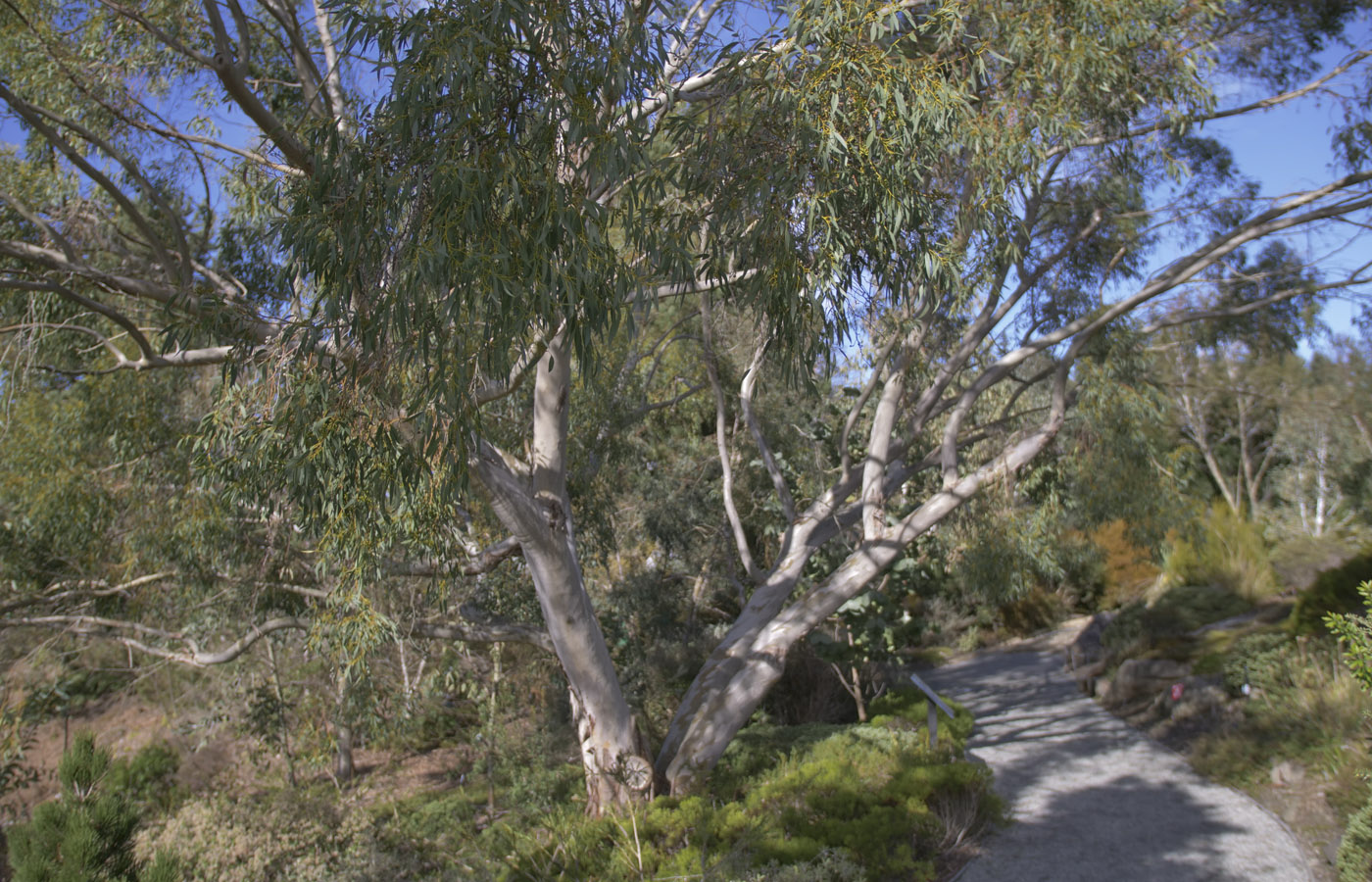
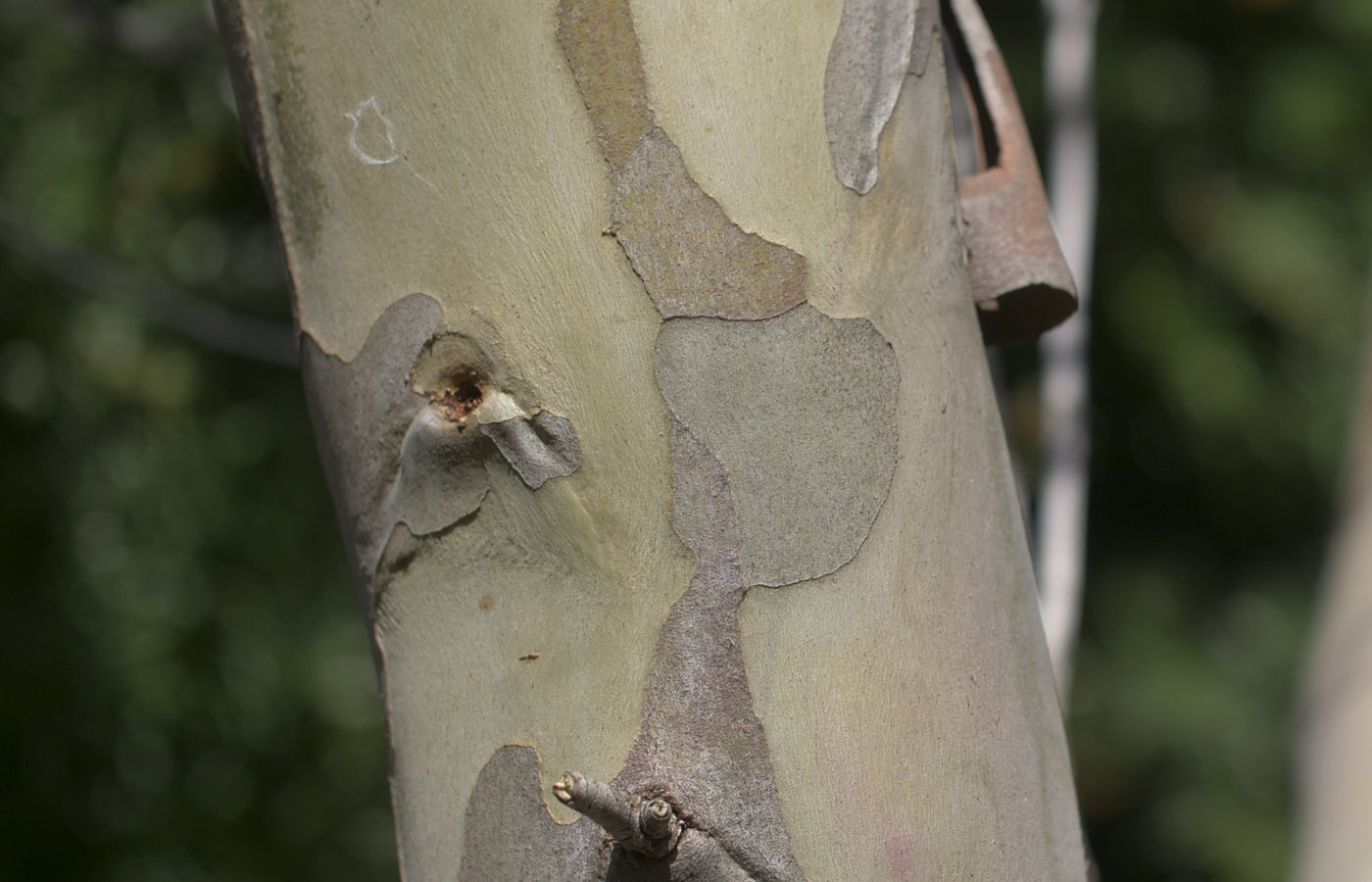
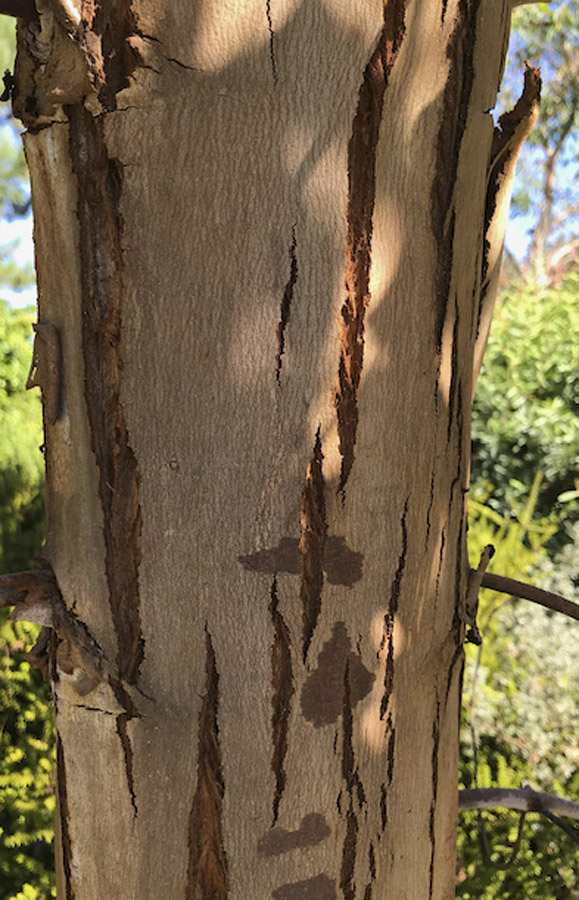
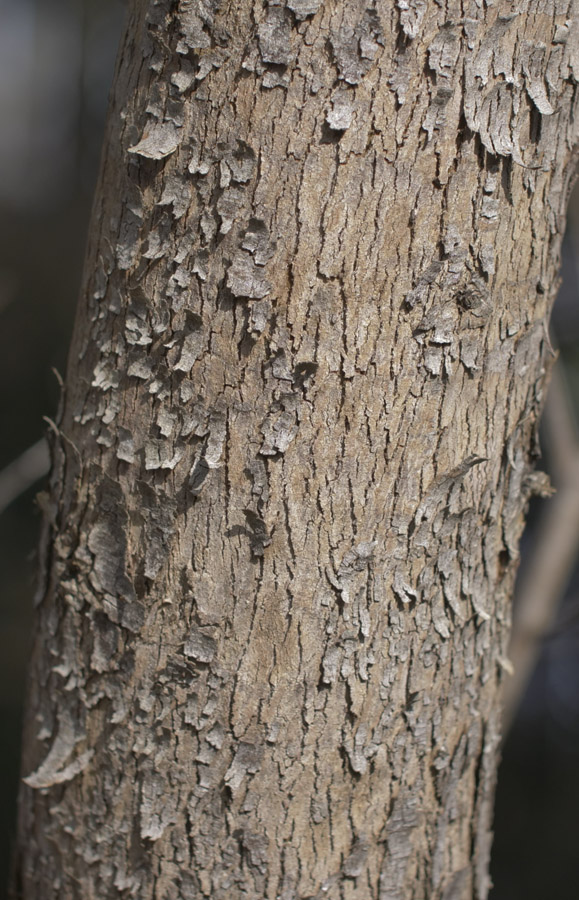
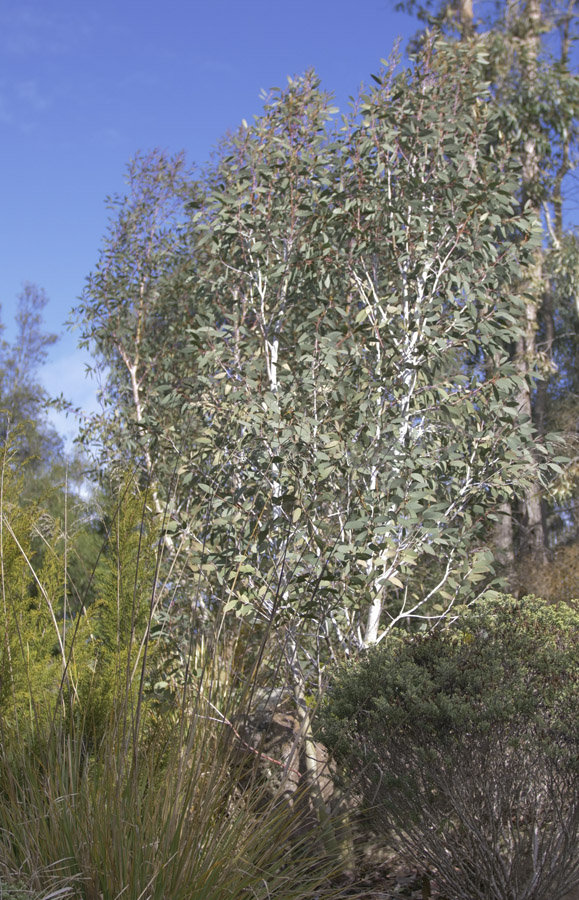
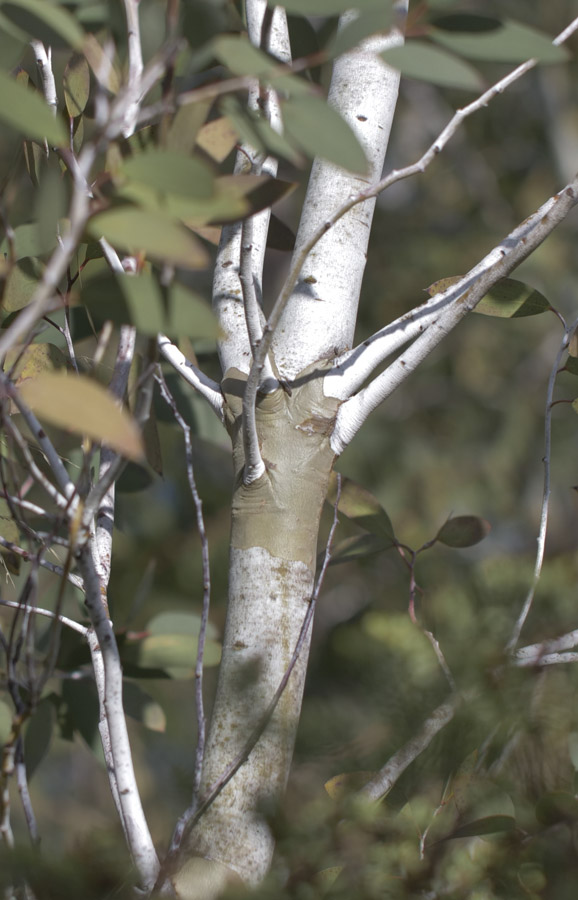
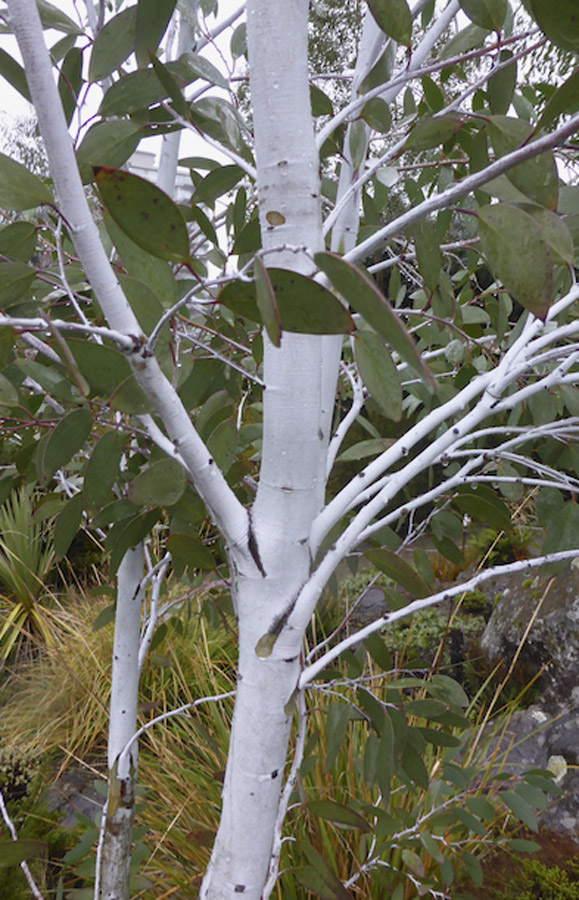
Thanks for this article! As an ex-pat Aussie who gets many a’hankering to see some gum treesand smell the leaves, I head straight for the UBC Botanical Garden eucalyptus area. It’s the first place I go to in March when Winter is on the way out to make sure that “my” gum trees have survived another cold period and are hanging in. I’ll be doing this again very soon….